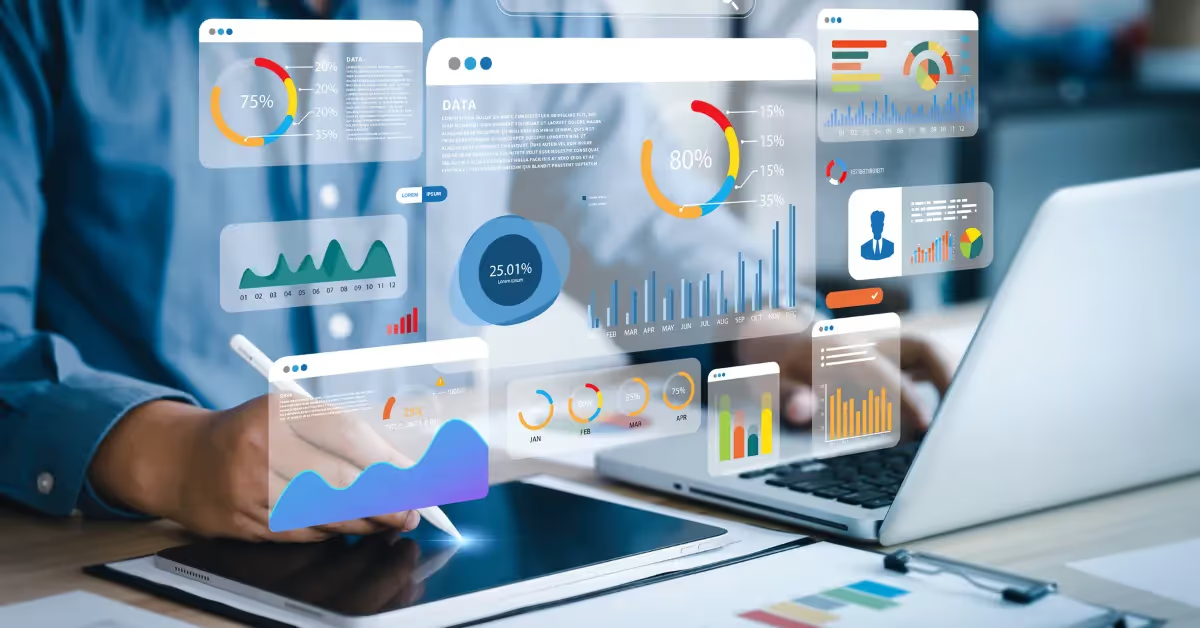NetLease by Netgain
Streamlined lease accounting software, for any ERP
NetLease is a lease accounting software solution that streamlines the complexities of lease accounting in one centralized platform. Simplify compliance, reclaim time, and ensure accuracy.


See why thousands of teams trust Netgain




Try Netgain’s lease accounting software for free
Take control of your leases and get guaranteed compliance.

Lease accounting, simplified
What is lease accounting software?
Managing lease accounting is challenging when you rely on error-prone spreadsheets or complex software. NetLease simplifies this entire process. This user-friendly lease accounting software centralizes all your leases in one platform, streamlines workflows, ensures compliance, and gives you back valuable time to focus on strategic business decisions.
Discover the best lease accounting software for your team
Finding lease accounting software that suits your business needs and integrates perfectly with your ERP can be difficult. Fortunately, NetLease is here to transform how you handle lease accounting.

Explore the benefits of our lease accounting software
Uncover the features that set NetLease apart from other lease accounting software, allowing you to simplify the complexities of lease accounting.
Create your free NetLease account today
Take control of your leases and get guaranteed compliance.

Discover why thousands of accounting teams trust Netgain
98%
Customer retention rate
9 out of 10
Clients would recommend Netgain
Assurance
Through annual SOC reports
50,000+
Leases housed in platform
Are you an advisory firm looking for a streamlined lease accounting solution?
- Enhance your advisory services by providing clients with real-time insights for informed leasing decisions
- Create efficiencies through streamlined audits with centralized documentation for both you and your clients
- Improve accessibility and collaboration by centralizing lease data of all clients in one centralized location

Learn more about lease accounting software
How much does lease software cost?
Lease accounting software can be expensive, with pricing often tied to the company's number of leases. Many providers don’t display their prices online, requiring you to request a demo or negotiate just to get an estimate. Plus, it’s rare to find a free version that lets you test the software to ensure it meets your company’s needs.
At Netgain, we take a different approach. We believe in transparency with our affordable, upfront pricing. We also offer a free version of our lease accounting software, NetLease, so you can try it out and see if it works for your business.
Simply visit our self-sign-up webpage to create your free account and explore our clear pricing structure, which adjusts automatically based on your lease portfolio. There is no need for price negotiations—just upgrade within the platform as your lease count grows.
What are the benefits of lease accounting software?
Lease accounting software provides immense value by automating and simplifying the management of lease agreements, ensuring adherence to crucial accounting standards like ASC 842, IFRS 16, and GASB 87 and 96.
By consolidating all lease data in a single platform, this software enables organizations to track agreements more efficiently, calculate payments accurately, and maintain precise amortization schedules. This minimizes the risk of errors often associated with manual processes and spreadsheets, making compliance easier and allowing businesses to prepare their financial reports confidently.
In addition to ensuring compliance, software like NetLease significantly saves time by streamlining workflows and centralizing data in a user-friendly interface. Rather than dealing with complex systems or juggling multiple tools, businesses can automate their lease accounting tasks, such as modifying or terminating leases and posting journal entries.
This allows teams to focus on more strategic business decisions without getting bogged down in administrative details.
What are the typical features of lease accounting software?
Lease accounting software typically includes features such as:
- Lease management
- New lease creation
- Disclosure reports
- Lease modifications and terminations
- Amortization schedules
- Payment history
- Audit trails
- Journal entry reports
- Centralized dashboards
These features work together to ensure organizations can effectively manage their leases and reduce manual errors. More advanced lease accounting software, such as NetLease, provides enhanced features designed to accelerate and simplify the lease accounting process. These include AI-powered lease abstraction for effortless lease uploads and direct API integration with ERP systems, enabling seamless journal entry uploads.
Additionally, companies like Netgain offer expert support, with a team of CPAs available to assist with technical questions during setup, go-live, and beyond, ensuring a smooth implementation and continued success post-launch.
How do you choose the best lease accounting software?
Start by assessing the complexity and number of leases in your portfolio. If you have a small, straightforward lease portfolio with minimal modifications or terminations, a spreadsheet like Excel or free software might suffice. However, if you manage a large number of leases, oversee leases across multiple business units or subsidiaries, or frequently deal with lease modifications and terminations, comprehensive lease accounting software becomes essential. It saves you countless hours of manual work, reduces the risk of errors, and ensures more efficient and accurate lease management.
Next, choose software that aligns with the specific needs of your organization. Key considerations include ease of use and adoption, access to both accounting and technical support, availability of comprehensive dashboards and reporting tools, and the ability to scale as your organization grows.
When it comes to lease accounting software, NetLease is the best choice you can make, and here’s why: NetLease is easy to use. It offers powerful lease preparation and management features with AI assistance, compliance backed by the assurance of biannual SOC reports, and integration capabilities into your ERP and accounting systems.
What are the two most common lease classifications and how do you account for each one?
The two most widely used lease classifications are operating lease and fiance lease.
Under ASC 842 (the current lease accounting standard), lessees must recognize both finance leases and operating leases as assets and liabilities on the balance sheet. This change from the previous standard, ASC 840, aims to provide a more accurate depiction of a company's financial health by bringing leases previously kept off the balance sheet into the spotlight.
The largest difference between the lease classifications is in the expense calculation. In an operating lease agreement, the expense is recognized on a straight-line basis over the lease term, which means that the total lease payments are spread out evenly over the lease term. A financing lease contains two different expenses: an interest expense calculated based on the remaining lease liability, and an amortization expense based on a straight line of the asset’s value.
What are the lease accounting standards and how do they differ?
Lease accounting standards guide organizations in managing and reporting their lease obligations. Under ASC 842, regulated by the Financial Accounting Standards Board (FASB) in the U.S., companies classify leases as financing or operating leases, both of which are recorded on the balance sheet.
Finance leases recognize separate interest and amortization expenses, while operating leases are recognized as a single straight-line expense. This standard emphasizes transparency by requiring clear disclosures of lease obligations, reducing off-balance-sheet reporting.
IFRS 16, governed by the International Accounting Standards Board (IASB), applies globally and eliminates the distinction between operating and finance leases for lessees. All leases are treated similarly to finance leases, with a right-of-use asset and a lease liability recorded on the balance sheet. Lessees must report interest on the lease liability and depreciation on the asset separately, providing a clearer and more consistent view of lease commitments across international entities.
For the public sector, GASB 87 and GASB 96, established by the Governmental Accounting Standards Board (GASB), set lease accounting rules for governmental entities. GASB 87 requires all leases to be treated as finance leases, with lessees recording lease liabilities and right-of-use assets, and lessors recognizing receivables and deferred inflows. GASB 96 extends these rules to subscription-based IT arrangements, ensuring consistent accounting for leases and subscriptions in public sector organizations.



